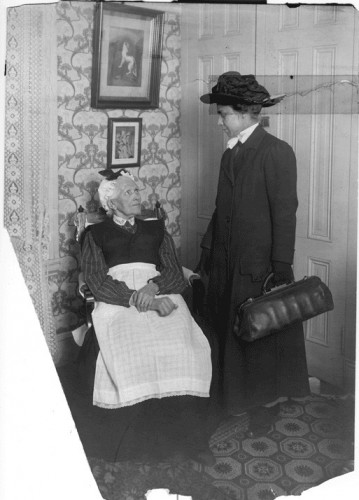
Newspaper stories also reported on the health, sickness and accidents in the community.
Frank and Anna and their sons had a few noteworthy health scares.
But considering the times, they were all lucky to come through this time period as an unscathed family.
That was about to change in the next few years.

Spoiler alert: The photos are not Teplys. They are scenes of Washington and Marshall Counties during the same time period, some from Wikipedia and some from the collection of photographer O.F. Hawkins of Marysville.
Frank had Cholera Morbus
Frank suffered an episode of cholera morbus in 1896. Fortunately, he recovered.

Anna had long bouts in the hospital
In 1913, and again in 1914, Anna had serious ailments that resulted in long hospital stays. As we will see later, these continued into the 1920s.
Concordia was the nearest hospital, about 60 miles west.
The hospital was owned and operated by the Sisters of St. Joseph, and was established in 1903.

The original hospital was located in the three-story brick building on East Fifth Street, now the Manna House of Prayer. The hospital stayed there for nearly forty five years. A new hospital was built in 1951.
The Teply boys had a few scares
And the Teply boys had their share of medical issues. But all were lucky… for now.
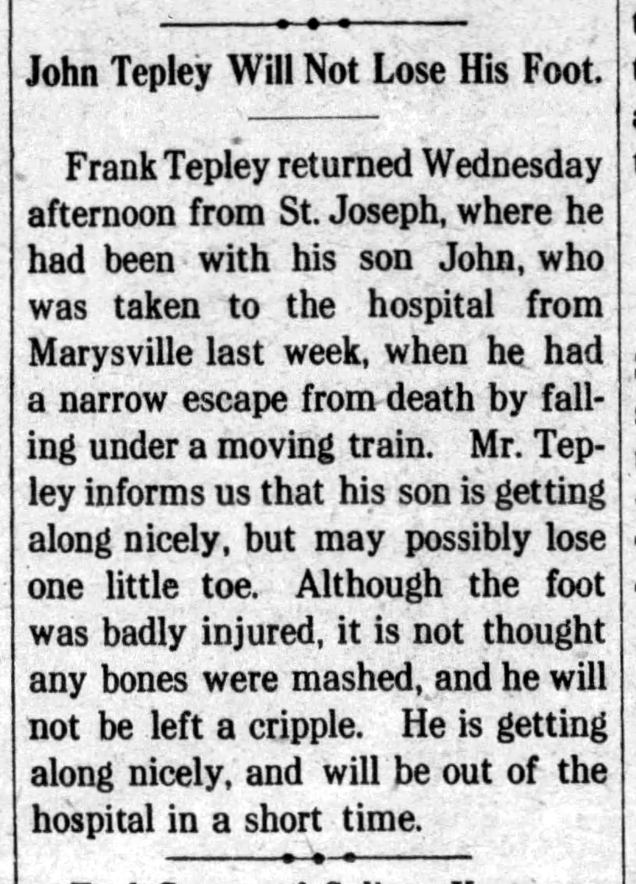
Nibbles Extra Credit
During this time period, there were deaths of three people that had great influence on Teply lives: Jacob Welter, Joseph Swoboda and John Machal.
Jacob Welter
Jacob Welter, Anna Teply’s father, died October 16, 1909. He was 62. He was buried at St. John’s Cemetery in Hanover.
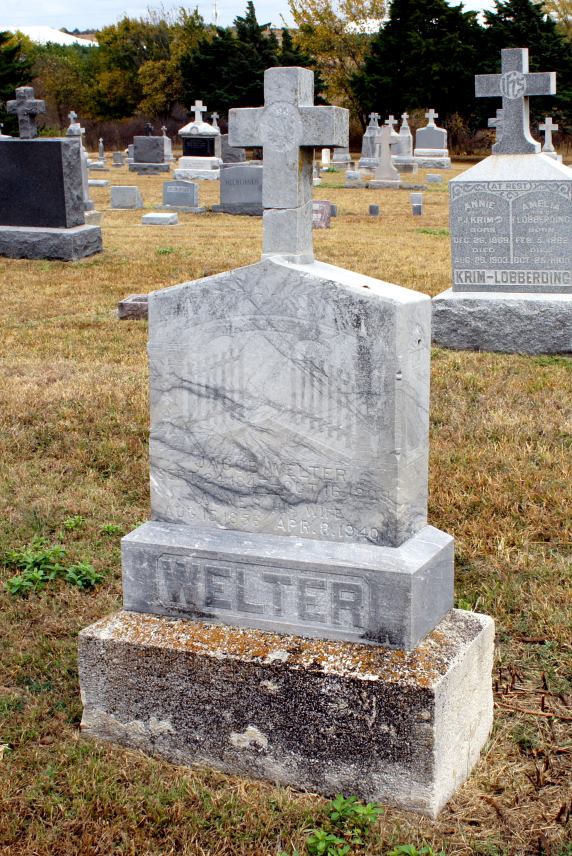

Joseph Swoboda
Joseph Swoboda, Frank Teply’s stepfather, died November 14, 1904. He was 66. He was buried in the Pecenka Bohemian cemetery on the Washington/Marshall county line near his home.
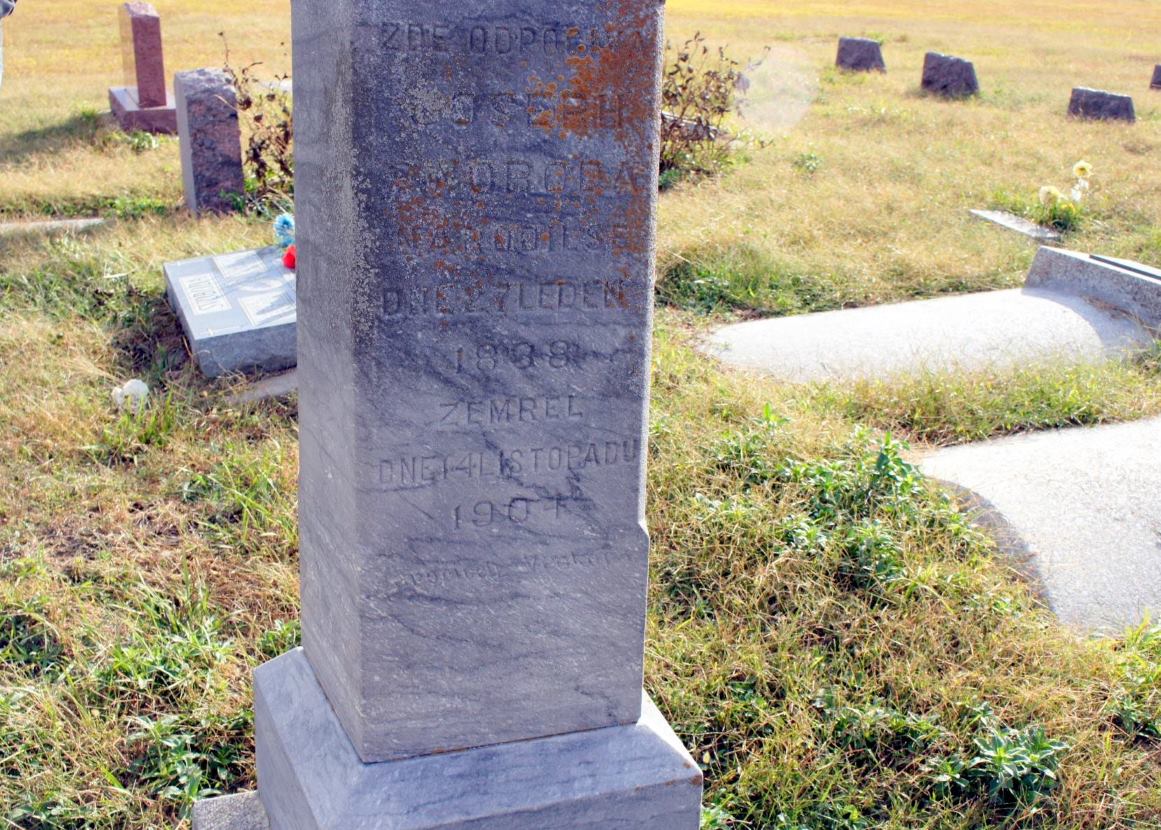

John Machal
John Machal, Frank Teply’s “foster father”, died January 16, 1916. He was 91. He was buried in Pecenka Bohemian cemetery next to his wife Johana, who had died 30 years earlier in 1886.
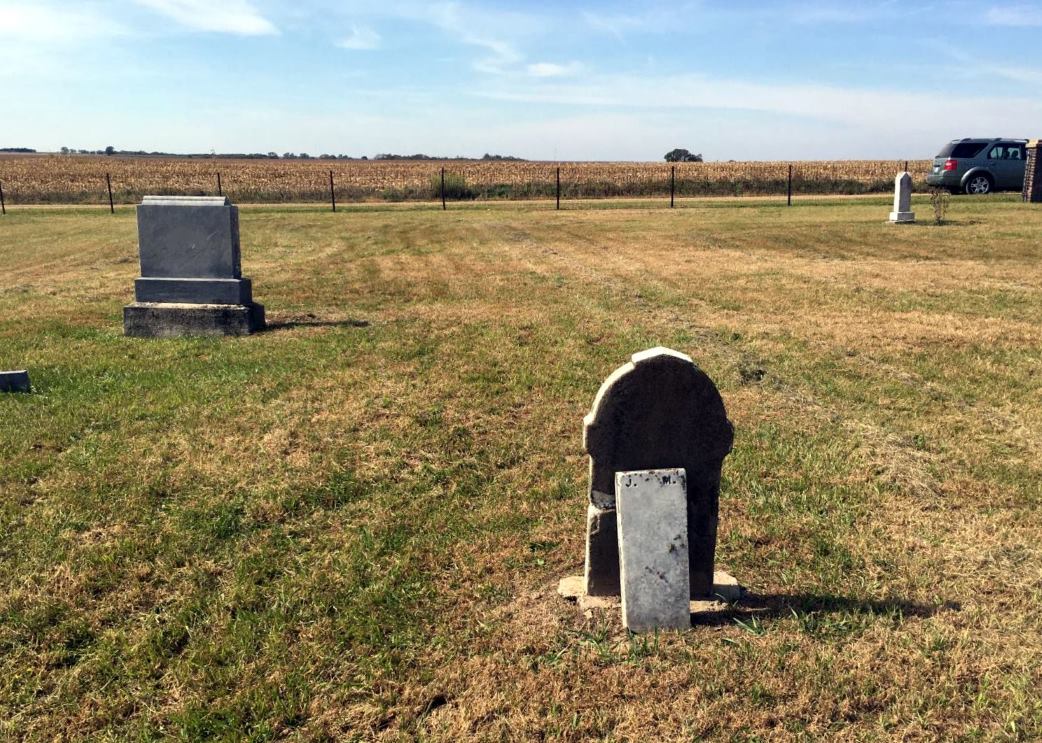
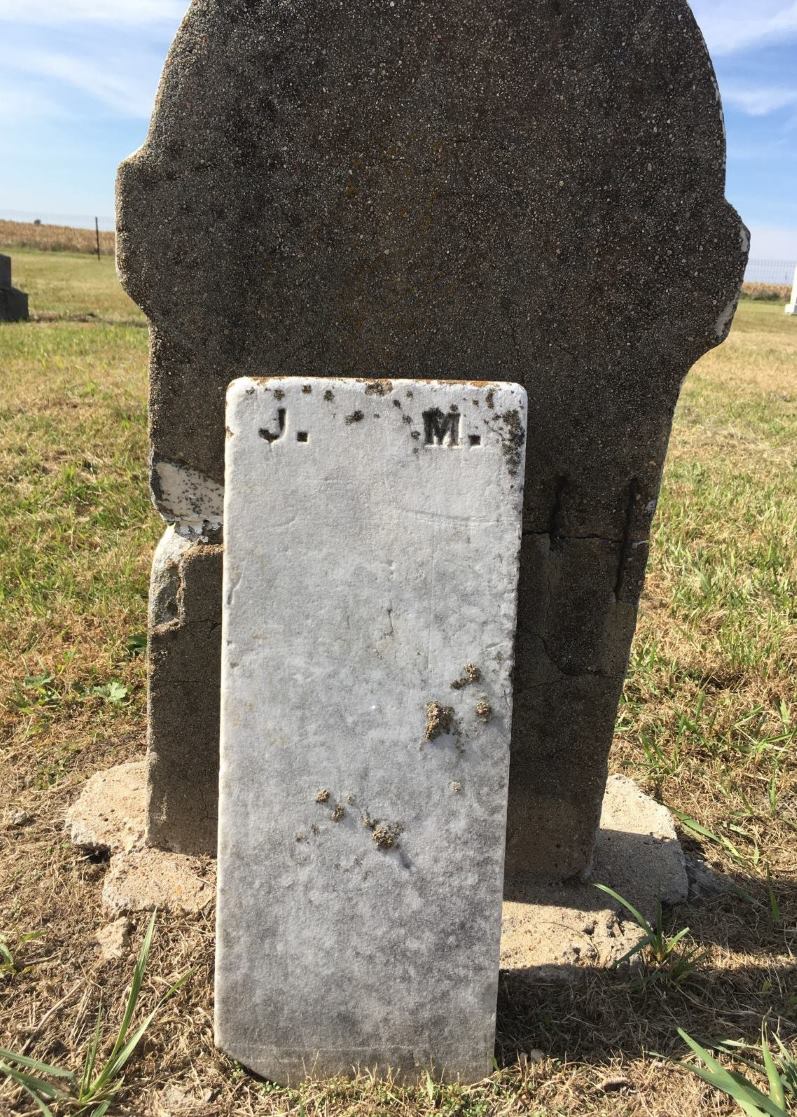
More Nibbles Extra Credit
Cholera
Immigrants moving west in the 1800s brought with them more than hopes and dreams. They brought cholera.
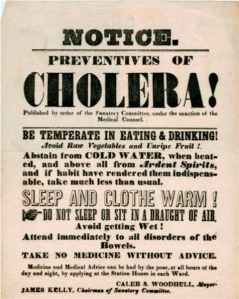
Cholera probably began in India and spread around the world along trade routes. It first appeared in America in the 1800s. Many western emigrants suffered from the dreaded disease. Various indigenous tribes who came in contact with these newcomers suffered major losses to their population. Cholera rarely spread from person to person but through the contamination of water sources.
The disease was particularly deadly at the frontier outposts. In 1855, cholera struck Fort Riley killing the commanding officer, Major E. A. Ogden. For the next ten years, the plains remained relatively free of cholera. It reappeared on the military posts in 1866 and 1867. It was equally devastating to civilian populations in the communities that had recently appeared in response to the railroad construction and cattle shipping in central Kansas. It has been estimated that the population of Ellsworth was 1,000 before the epidemic and about forty afterwards.

In 1885, Topeka sewers drained directly to the Kansas River. In the winter, workmen harvested ice from the river within 25 feet of these outlets, leading one physician to draw the parallel with a passage from the Old Testament “Moab is my wash pot,” with the modern version, which he said should be “The Kaw is our wash pot and our ice pond.”
Three years later, in 1885, the Kansas State Board of Health was formed with a large part of the Board’s concern and activity directed toward improving sanitation practices. In the earliest years, however, Kansans and the world were influenced by the then popular concept of disease by miasma — the exundation of a mysterious nature from equally mysterious decaying organic matter in the oozes and slimes of swamps and low lands

In 19th century American medical records, it is common to see three types of cholera reported: cholera morbus, cholera infantum, and Asiatic cholera. Cholera morbus and cholera infantum were both terms for non-specific diarrhea and/or dysentery in adults and children under age five respectively.
Cholera morbus was sometimes called the summer complaint and was usually found in older children and adults from July to September. It was caused by a variety of gastrointestinal pathogens with a significant contribution from contaminated food.



Sources
- All news articles are from The Hanover Democrat, The Hanover Herald, The Marysville Advocate, Washington Register. All are available on Newpapers.com and are free for Kansas residents – Kansas State Historical Society – https://www.kshs.org/ancestry/drivers/dlverify
- All old photos are from Omar Finley Hawkins Collection of Marshall and Washington County Photographs – Kansas State Historical Society – https://www.kansasmemory.org/
- Cholera information – https://en.wikipedia.org/wiki/Cholera
- Cholera information – Kansapedia – Kansas State Historical Society – https://www.kshs.org/kansapedia/cholera/12010
- KANSAS PUBLIC WATER SUPPLIES — A CENTURY OF PROGRESS – Dwight F. Metzler, P.E.
- Cemetery photos – Mark Jarvis – October 2015 and October 2019






How very fortunate that neither Frank nor Anna Teply went “over the road” prematurely. Very fascinating. Great research!
LikeLike
Thanks! We should all appreciate our time before we go over the road.
LikeLike